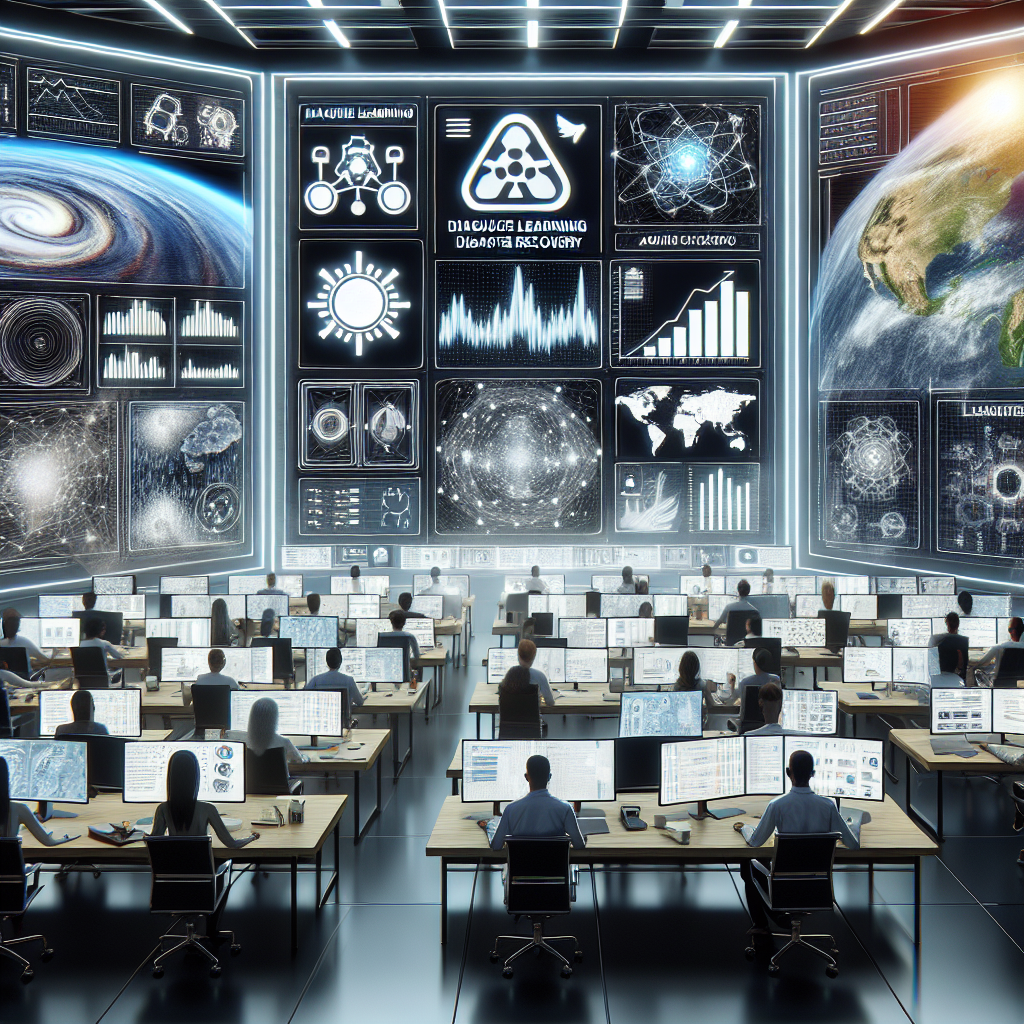Disasters, whether natural or man-made, pose a significant threat to communities and their infrastructures. From hurricanes and earthquakes to cyber-attacks and pandemics, these events can have devastating effects on people’s lives, businesses, and economies. In the face of such challenges, the role of AI and machine learning in disaster recovery has become increasingly important.
AI and machine learning technologies have the potential to revolutionize the way we respond to disasters, from predicting and preparing for them to coordinating emergency responses and rebuilding affected areas. These technologies can analyze vast amounts of data quickly and accurately, providing valuable insights that can help improve decision-making and response efforts.
One of the key ways in which AI and machine learning can aid in disaster recovery is through predictive analytics. By analyzing historical data, these technologies can help identify patterns and trends that can be used to predict when and where disasters are likely to occur. This information can be used to develop early warning systems that can alert communities and emergency responders to potential threats, giving them more time to prepare and evacuate if necessary.
In addition to predicting disasters, AI and machine learning can also help with response efforts once a disaster has occurred. These technologies can analyze real-time data from sensors, drones, and other sources to assess the extent of the damage, identify areas that need immediate attention, and prioritize resources accordingly. This can help emergency responders more effectively allocate their resources and coordinate their efforts, ultimately saving lives and reducing the impact of the disaster.
Furthermore, AI and machine learning can also play a role in the recovery and rebuilding phase after a disaster. These technologies can help with assessing the damage to infrastructure, estimating the costs of repairs, and developing plans for reconstruction. By analyzing data on building codes, environmental regulations, and other factors, AI and machine learning can help ensure that reconstruction efforts are efficient, cost-effective, and sustainable.
Overall, the role of AI and machine learning in disaster recovery is multifaceted and can have a significant impact on the way we prepare for, respond to, and recover from disasters. By harnessing the power of these technologies, we can improve our ability to mitigate the effects of disasters, protect our communities, and build more resilient societies.
FAQs:
Q: How can AI and machine learning help with predicting disasters?
A: AI and machine learning can analyze historical data to identify patterns and trends that can be used to predict when and where disasters are likely to occur. This information can be used to develop early warning systems that can alert communities and emergency responders to potential threats.
Q: What types of data can AI and machine learning analyze in disaster recovery efforts?
A: AI and machine learning can analyze a wide range of data, including historical data on disasters, real-time data from sensors and drones, information on building codes and environmental regulations, and more.
Q: How can AI and machine learning be used in the recovery and rebuilding phase after a disaster?
A: AI and machine learning can help with assessing the damage to infrastructure, estimating the costs of repairs, and developing plans for reconstruction. By analyzing data on various factors, these technologies can help ensure that reconstruction efforts are efficient, cost-effective, and sustainable.

